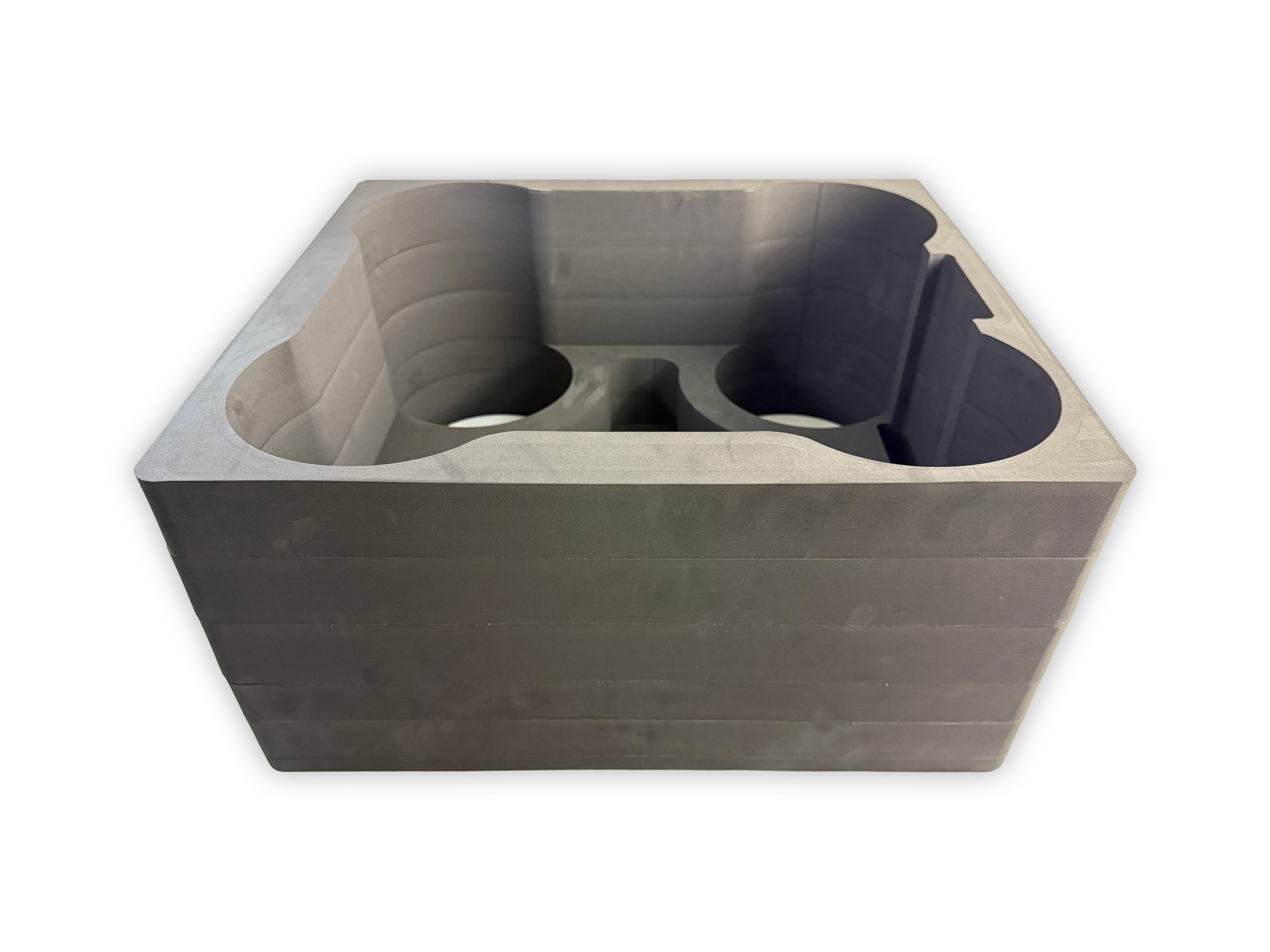Does Ethylene Vinyl Acetate (EVA) Cause Cancer?
2025-08-13
Table of Contents
- Introduction to Ethylene Vinyl Acetate (EVA)
- Chemical Composition and Properties of EVA
- Common Applications of EVA
- Health Concerns and Cancer Risk
- Scientific Studies on EVA and Carcinogenicity
- Safety Guidelines for EVA Handling
- Environmental Impact of EVA
- Fubo – Leading EVA Foam Manufacturer
- Alternatives to EVA for Sensitive Applications
- Summary Table
- Reference Links
Introduction to Ethylene Vinyl Acetate (EVA)
Ethylene Vinyl Acetate (EVA) is a versatile copolymer made from ethylene and vinyl acetate monomers. Known for its flexibility, toughness, and resistance to environmental stress, EVA is used in applications ranging from footwear midsoles to solar panel encapsulants. Despite its widespread use, questions often arise about its safety — particularly whether EVA poses a cancer risk.

Chemical Composition and Properties of EVA
EVA is created by polymerizing ethylene and vinyl acetate. The vinyl acetate content can range from 10% to 40%, influencing its softness and elasticity. Key properties include:
- Flexibility – Retains shape under stress
- Lightweight – Ideal for sports and transport products
- Chemical resistance – Stable against oils and solvents
- Non-toxic in solid form – Safe for direct contact in most applications
Common Applications of EVA
EVA is widely used in consumer and industrial goods due to its adaptability:
- Footwear midsoles and padding
- Sports equipment cushioning
- Solar panel encapsulation
- Protective packaging
- Foam toys and educational tools
- Orthotic devices and medical supports
Health Concerns and Cancer Risk
Public concern about EVA and cancer risk often stems from its vinyl acetate component, which has been examined in toxicology studies. Key points include:
- In solid form, EVA is considered inert and non-hazardous.
- Potential concerns arise during manufacturing or thermal degradation, when vinyl acetate monomers or byproducts could be released.
- The U.S. National Toxicology Program (NTP) has not classified EVA as a known or suspected carcinogen.
- The International Agency for Research on Cancer (IARC) classifies vinyl acetate monomer (VAM) as possibly carcinogenic to humans (Group 2B), but this does not directly apply to finished EVA products.
Scientific Studies on EVA and Carcinogenicity
Research has focused mainly on vinyl acetate monomer rather than the EVA polymer itself:
- Animal studies on VAM have shown some evidence of tumor formation at high exposure levels, but these involve direct inhalation or ingestion of the monomer.
- Finished EVA products typically have negligible residual VAM levels after polymerization.
- Occupational exposure risk applies mainly to workers in EVA production facilities, not end-users.
In conclusion, EVA used in consumer products — including foam, packaging, and footwear — shows no credible evidence of causing cancer under normal use conditions.
Safety Guidelines for EVA Handling
For manufacturers and industrial users, safe handling practices are essential:
- Ensure proper ventilation during EVA processing, especially at high temperatures.
- Wear protective gloves and masks when handling raw EVA pellets or fumes.
- Store EVA away from direct sunlight and extreme heat to prevent degradation.
Environmental Impact of EVA
While EVA is durable and chemically stable, it is non-biodegradable. Recycling initiatives are emerging, including mechanical recycling into playground surfaces and insulation materials. However, incineration can produce emissions if not properly controlled.
Fubo – Leading EVA Foam Manufacturer
Fubo is a professional foam manufacturer located in Xiegang, Dongguan, Guangdong, China. Specializing in EVA foam solutions for industries like electronics, appliances, computers, hardware, sports equipment, vacuum cleaners, drones, and LED applications, Fubo offers both high-quality buffering and shock absorption materials.
Our product range includes:
- Customized EVA foam inner lining
- EVA foam swimming board
- EVA toys with numerical letters
- EVA cushioning and protective material
- Soilless culture foam board
Fubo also provides OEM solutions for semiconductors, new energy industries, and other specialized markets.
Alternatives to EVA for Sensitive Applications
In rare cases where EVA’s vinyl acetate content is a concern, alternatives include:
- Thermoplastic Polyurethane (TPU) – High abrasion resistance and flexibility
- Silicone Rubber – Heat-resistant and hypoallergenic
- Natural Rubber – Renewable and biodegradable
- Polyethylene (PE) Foam – Lower chemical complexity
Summary Table
| Topic | Key Points |
|---|---|
| Material Safety | EVA is inert and safe in solid form; concerns mainly during manufacturing |
| Cancer Risk | No evidence of cancer risk for end-users; vinyl acetate monomer is Group 2B possible carcinogen |
| Main Uses | Footwear, sports equipment, packaging, solar panels, toys |
| Industrial Safety | Use ventilation and PPE during processing |
| Environmental Aspect | Non-biodegradable; recycling options available |
| Fubo Products | Customized EVA foam, swimming boards, toys, cushioning, soilless boards |
Reference Links
- National Toxicology Program (NTP)
- International Agency for Research on Cancer (IARC)
- PubChem Vinyl Acetate Monomer Data
- Polymer Database – EVA Properties
